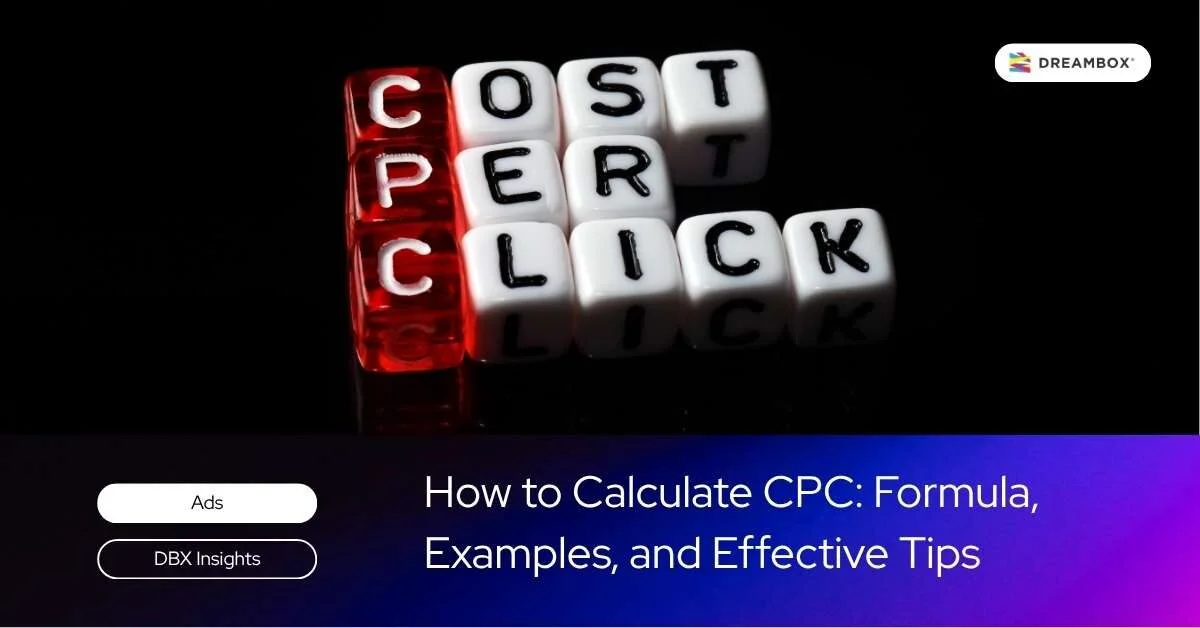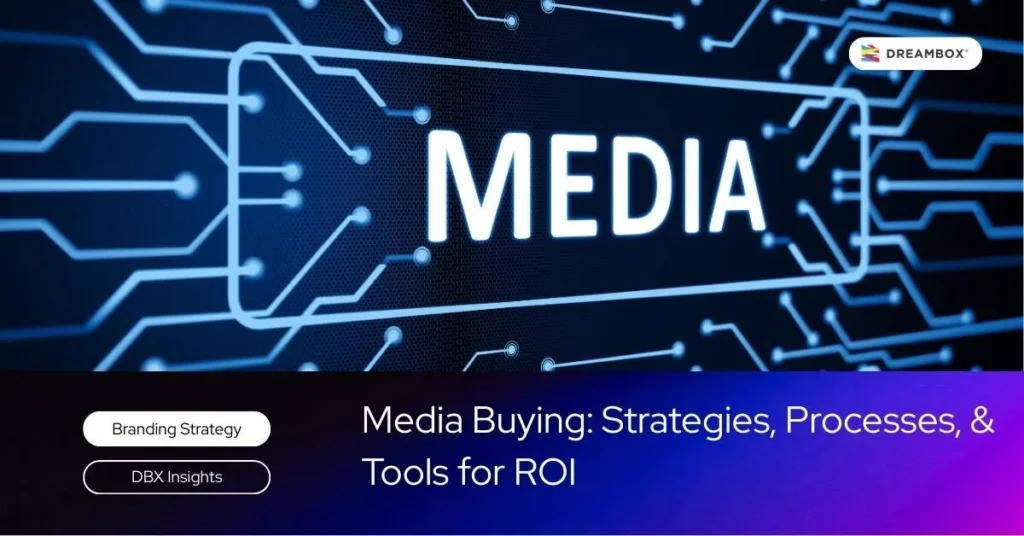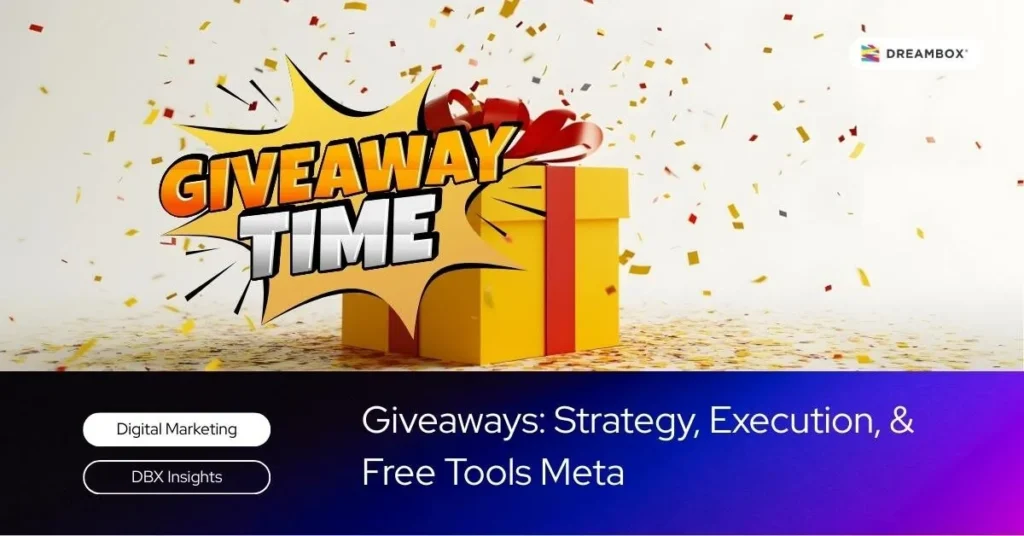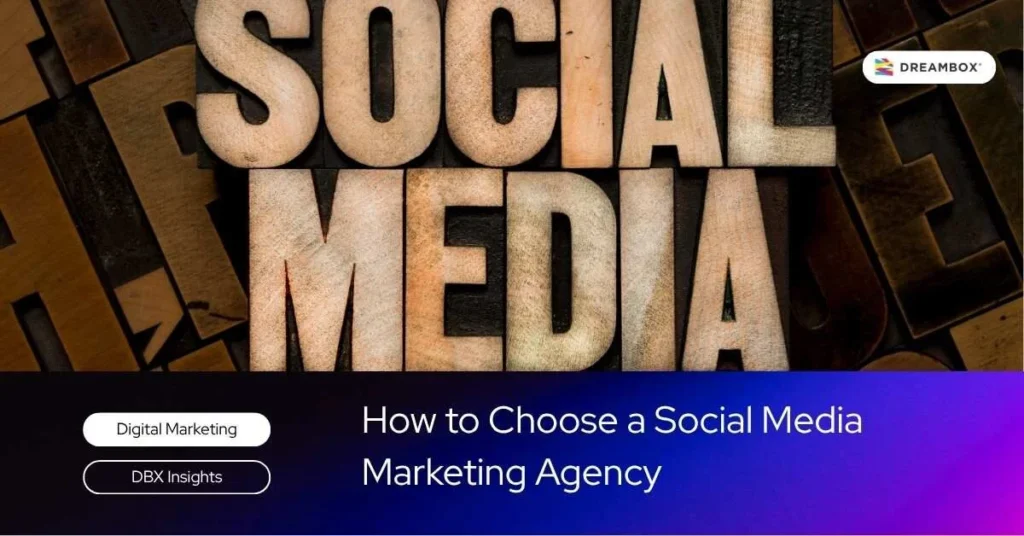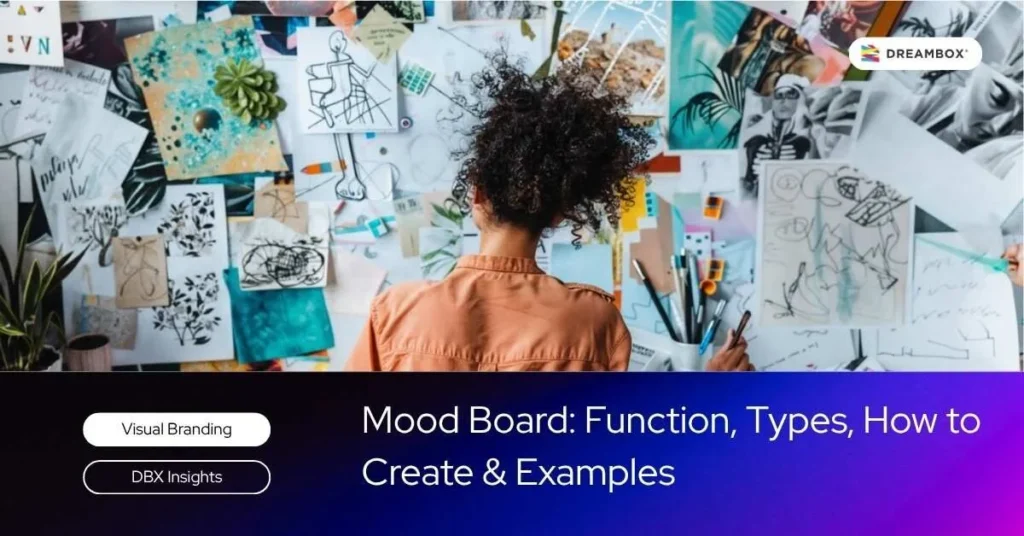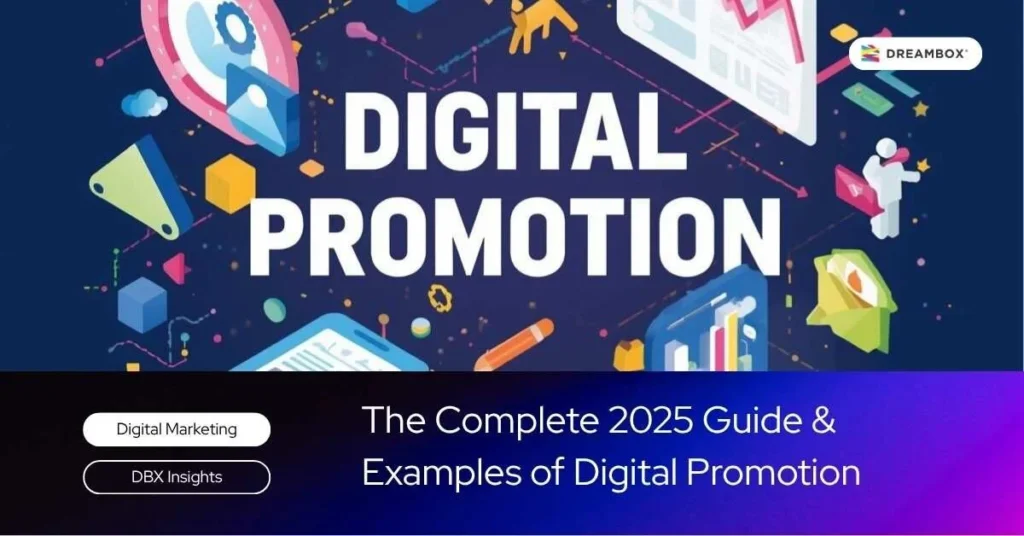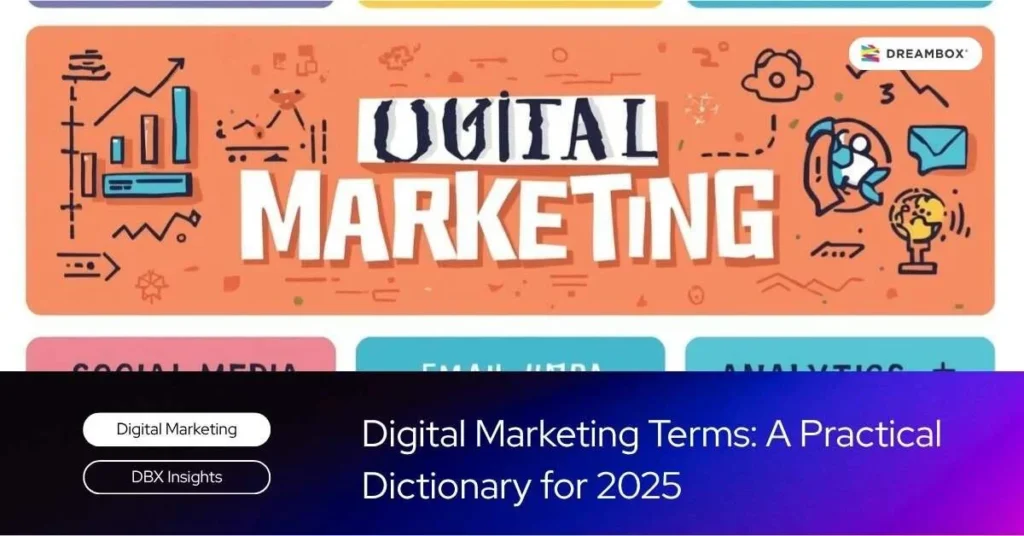CPC (Cost per Click) is often the clearest signal of paid media efficiency lower cost, stronger room for ROI. Instead of chasing raw traffic, the goal is to attract the right click from the right audience at the right moment.
Before we dive into formulas, let’s align expectations. CPC helps you evaluate the actual cost of each visit, not just impressions. If you’re starting from the basics, our primer on Pay-Per-Click (PPC) gives a solid foundation.
What is CPC?
CPC expresses how much you pay every time someone clicks your ad. It keeps budgets in check while steering attention toward traffic quality. The intention is simple: pay for clicks that open real conversion opportunities.
How Does It Work?
Auction-based platforms like Google Ads balance your bid with ad quality signals (relevance, expected CTR, landing experience). Social platforms add audience fit and campaign objectives to the mix both dynamics shape ad position and your final cost per click.
CPC Formula and Calculation Example
The core formula: CPC = Total Cost ÷ Total Clicks. Example: spend $100 and receive 80 clicks → CPC = 100 ÷ 80 = $1.25 per click.
Schedule a free 30-minute branding consultation session with our experts.
Compare Average CPC with Max. CPC (bid cap) to understand optimization headroom. For broader budgeting context, explore our guide to Google Ads cost.
How to View CPC Across Platforms
Google Ads
Sign in to Google Ads → open Campaigns/Ad groups → Columns → Modify columns → add “Avg. CPC” and “Max. CPC” → Apply.
Use Segment to break performance by Device and Location, then save the view for consistent reporting across teams and dates.
Meta Ads (Facebook/Instagram)
Open Meta Ads Manager → Columns: Performance → Customize Columns → enable “CPC (Cost per Link Click)” and “Link Clicks.” Distinguish “All Clicks” from “Link Clicks” to keep CPC focused on website traffic, not reactions or profile taps.
TikTok Ads
In TikTok Ads Manager → Reports or Custom Columns → display “CPC” and “Clicks.” Your objective and bidding type influence CPC; test “Lowest Cost” versus “Bid Cap” at the ad group level to balance scale, efficiency, and stability.
Marketplace (e.g., Shopee Ads)
In Shopee Ads: Ads Dashboard → Keyword/Product reports → monitor cost, clicks, CPC. Category competition and placement drive CPC volatility—review bids and budgets weekly per product line.
Factors that Influence CPC
1. Quality Score & Ad Rank
Tight keyword relevance, on-point messaging, and fast, trustworthy landing pages raise Quality Score. Higher quality often means better positions at lower CPC.
2. Keywords & Intent
User intent (informational vs. transactional) shapes competition and click value. High-intent queries may cost more but typically convert better.
3. Segmentation
Device, location, time, and audience layers shift auction pressure. Smart segmentation lets you suppress inefficient slices without sacrificing volume.
Strategies to Lower and Optimize CPC
Start with relevance. Group tight keywords, mirror them in ad copy, and send traffic to fast, message-matched landing pages these fixes lift CTR and Quality Score, which usually lowers CPC.
Maintain a clean structure: one intent per ad group, exact and phrase match for control, and an active negative list to filter waste. Refresh creatives on a cadence; test offers, headlines, and formats to keep engagement high.
Calibrate bidding by segment: raise bids where conversion rate and ROAS are strongest; reduce or exclude devices, locations, and hours that underperform.
Combine automated bidding with guardrails (bid caps, portfolio targets) to stabilize costs. Finally, monitor auction insights and search terms weekly so you can reallocate budget quickly when competition or demand shifts.
CPC vs. CPM vs. CPA: When to Choose Which?
CPC fits mid-funnel goals when you want qualified traffic and cost control per visit. CPM excels at awareness: you pay for impressions, so it scales reach efficiently but won’t optimize for clicks.
CPA pays only for outcomes (sign-ups, purchases) and works best once tracking and attribution are solid. Expect higher CPC/CPM but tighter ROAS predictability under CPA. For a deeper dive into conversion-based pricing, see our primer on Cost per Action (CPA).
How to Set a Target CPC
Work backward from Target CPA and Conversion Rate (CR): Target CPC ≤ Target CPA × CR.
Example: Target CPA $10 and CR 3% → Target CPC ≤ $0.30.
Also weigh average order value, LTV, and margins. Create different targets by device/location, then iterate gradually to maintain stability.
Ready to Lower CPC and Increase ROI? (CTA)
Looking to reduce CPC and grow ROI without guesswork? Dreambox can help you refine structure, creatives, and bidding for measurable lift.
Explore our Google Ads services, browse fresh insights on the Dreambox Blog, or learn more about Dreambox. Let’s build an efficient, conversion-ready account one sprint at a time.

